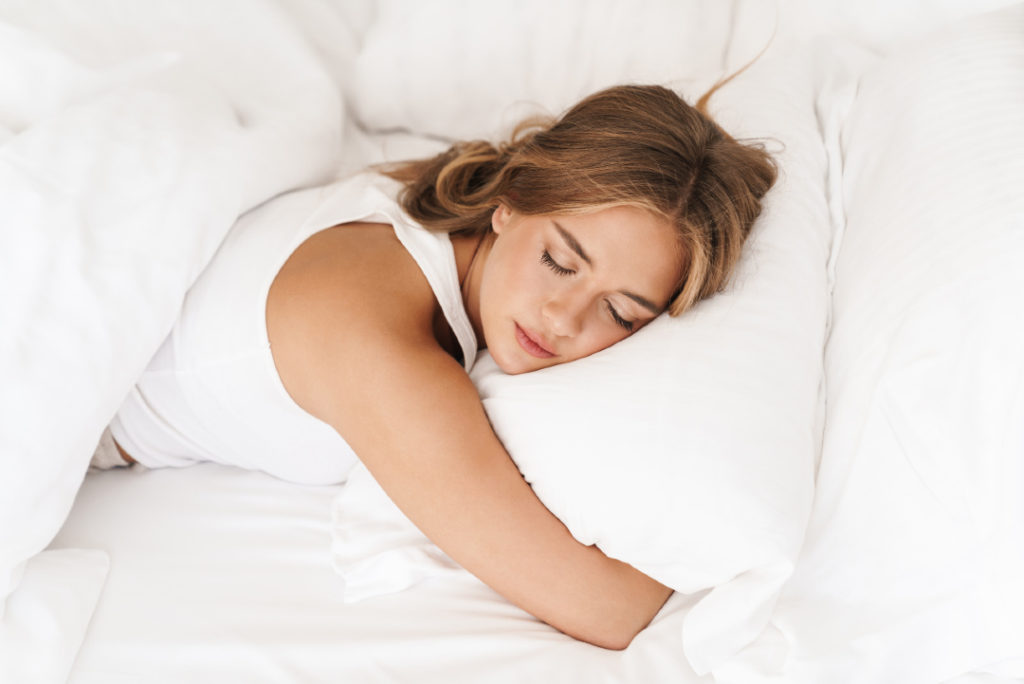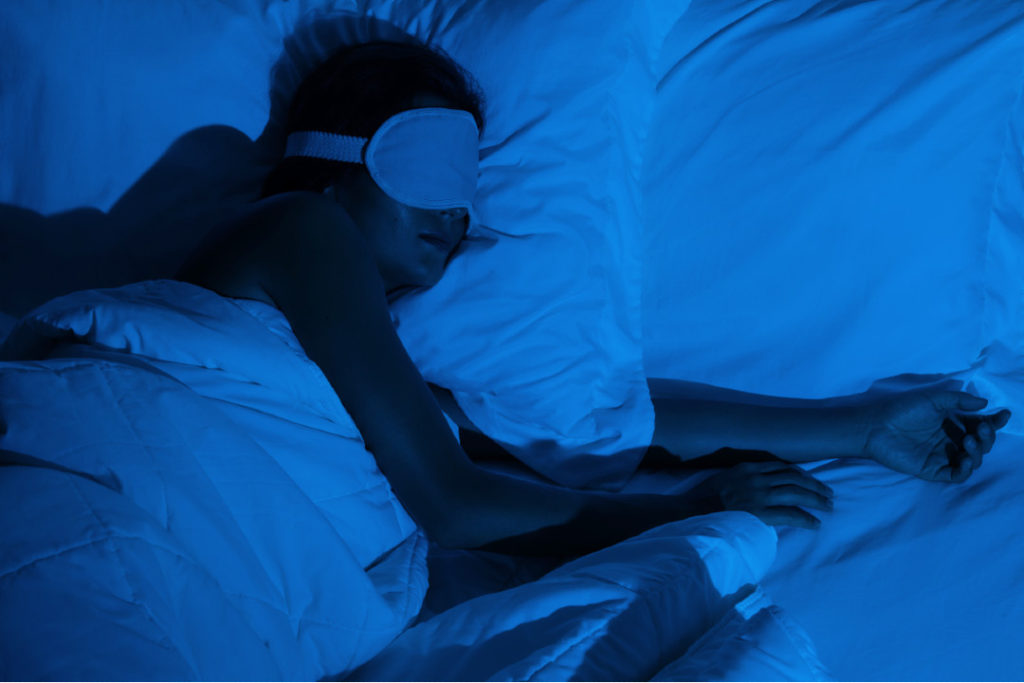Many people have grown quite fond of falling asleep to the soothing hum of white noise. White noise consists of low, medium, and high-frequency sonances played concurrently at the identical intensity level. White noise can effectively mask other sounds, making it incredibly convenient for people who live in noisy areas. That said, there are a few general misinterpretations about white noise and how it can help people sleep.
What Is White Noise?
When measuring sound waves, frequency applies to how fast the waves vibrate per second. At the same time, amplitude (power) refers to the extent of the waves. Frequency is usually measured in hertz and amplitude in decibels. Every frequency the human ear can hear is played in random order at the same amplitude to generate white noise. This results in a “shh” noise many refer to as TV or radio static. Just as white light is believed to comprise every visible wavelength on the color spectrum, white noise consists of every sensory frequency.
White Noise for Baby
As previously stated, white noise refers to various frequency sounds that can mask other sounds in a setting. For example, if you live in a bustling city, white noise could be used to block out rackets from traffic and the subway. A groundbreaking study published in 1990 (Archives of Disease in Childhood) found that white noise could help infants fall asleep faster. Forty newborns were studied, and it was observed that 80% were able to fall asleep after just five minutes with white noise playing in the room. Like everything else in this world, every baby is different when it comes to sleep needs. That said, white noise doesn’t work for all babies.
The Benefits of White Noise for Babies

- Babies may fall asleep faster with white noise in the room.
- White noise can mask noises in the house, such as older siblings in the other room. For example, if you have a baby who needs a nap but other children who are more active during the day, white noise can help block out noises to help your baby sleep better.
The Cons of White Noise for Babies
- White noise may exceed recommended static limits for babies.
- Babies can become reliant on white noise machines for sleep.
- Not all babies like white noise.
Possible Developmental Complication
Despite the inherent benefits, white noise isn’t always a risk-free option for healthy sleep.
In 2014, the American Academy of Pediatrics (AAP) tested 14 white noise machines designed for babies and found that all of them surpassed recommended static limits (50 decibels).
In addition to hearing problems, the study discovered that using white noise raised the risk of language and speech development complications.
Based on the AAP findings, pediatricians recommend that white noise devices be placed at least 7 feet away (200 cm) from a baby’s crib. Furthermore, the volume on the machine should be kept below the maximum volume setting.
Babies Might Become Too Reliant on White Noise
Babies who respond well to white noise tend to sleep better at night and during naps. Still, at some point, they might only sleep well if the white noise is consistently on. This could be a problem if a baby is in a situation where they need to sleep, and the white sound device is not available. Such a situation could grow extremely disruptive for everyone sleeping in the same room.
What Is Pink Noise?
The energy of the sound signal defines the color of the noise. That said, it depends on how energy is scattered over various frequencies or proper speed.

Pink noise consists of all frequencies the human ear can detect, but the energy isn’t evenly spread across them. It’s harsher at lower frequencies, which produces a more resonant sound. To the human ear, pink noise comes out as “even” or “flat.”
Pink noise can be heard all around us, including:
- Steady rain
- Wind
- Heartbeats
- Rustling leaves
Pink Noise for Sleep
You can find pink noise sounds on streaming services like YouTube or download apps like NoiseZ. The best way to enjoy pink noise depends on your personal likings. For instance, you may feel more relaxed with earbuds instead of listening straight from the phone. Others might prefer headphones or listen to a computer or the TV.
Takeaway
White noise might appear to be a fast and easy solution for sleep time. Still, it isn’t a universal method for nursing babies into sleep. With white noise not always being consistently available, combined with potential hazards, it may be more problematic than beneficial for your baby in the long run.
As a parent, you need to remember that babies under six months who wake up at night likely have a need. Unlike grown-ups, babies don’t suffer from sleeplessness because of some underlying conditions and lifestyle. They’ll probably wake up for a diaper change or some cuddling. Talk to your pediatrician if your baby is having difficulty sleeping to see if white noise is a good idea.



29 Replies to “What Is White Noise? Definition and Benefits”